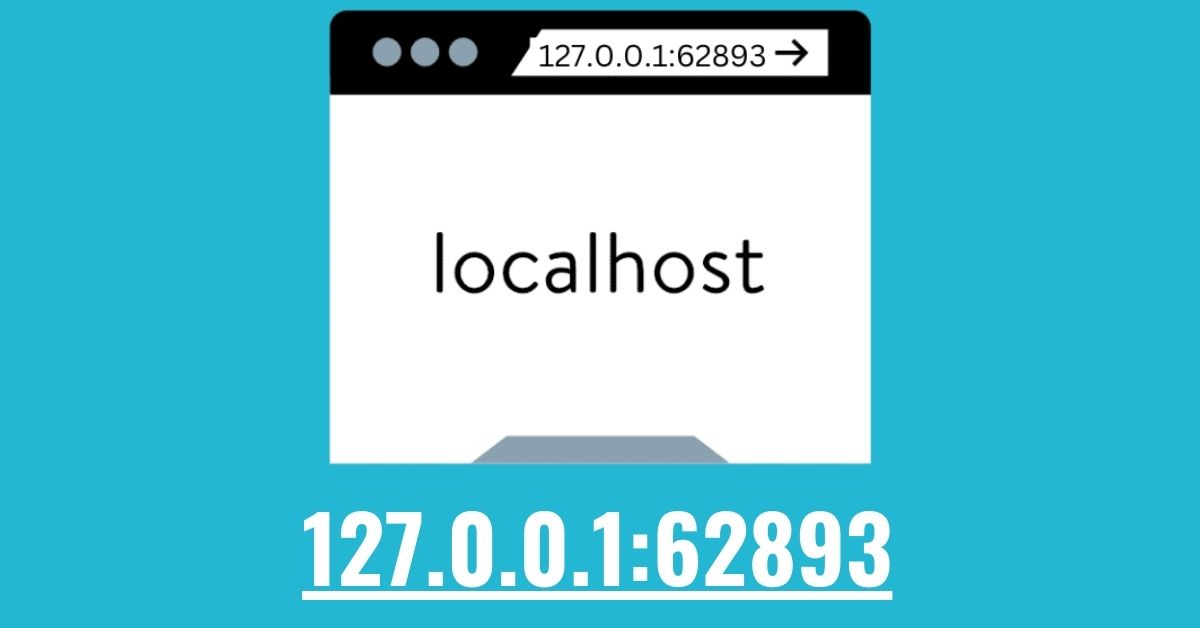Explore the significance of 127.0.0.1:62893 in networking, its applications, and troubleshooting techniques for developers and network engineers.
Table of Contents
ToggleIntroduction
The concept of IP addresses forms the foundation of networking and internet communication. Essentially, IP addresses serve as unique identifiers for devices on a network, allowing them to send and receive data. Among these, the loopback address, 127.0.0.1, plays a crucial role in enabling devices to communicate with themselves. In this blog post, we will delve deep into the intricacies of the loopback address and the specific port number 62893. Understanding these concepts is vital for developers, network engineers, and anyone involved in tech.
What Is the Loopback Address?
The loopback address, specifically 127.0.0.1, is a special IP address that routes data back to the same device. This means that any data sent to this address does not leave the machine; rather, it returns to the sender. Essentially, it provides a means to test network applications without requiring an actual network connection. This address is part of a larger range reserved for loopback purposes, but 127.0.0.1 is the most commonly used.
Why Use 127.0.0.1?
Using 127.0.0.1 has several advantages. Primarily, it allows developers to create and test applications locally. They can simulate network conditions and evaluate their performance without the complications of external factors. Furthermore, using the loopback address can help troubleshoot networking issues. By analyzing how applications respond to requests sent to this address, developers can identify potential problems in their code or configuration.
The Role of Port Numbers
While the IP address identifies a device on the network, the port number specifies the particular service or application that is being accessed. In our example, 62893 is the port number associated with 127.0.0.1. Port numbers range from 0 to 65535 and are divided into categories: well-known ports, registered ports, and dynamic or private ports. Each category serves a different purpose, but they all contribute to the overall functioning of network communication.

Understanding Port Number 62893
Port 62893 is not a well-known port like HTTP (port 80) or HTTPS (port 443). Instead, it falls into the category of dynamic or ephemeral ports. These ports are often used for temporary connections and can be assigned as needed. This means that any application running on your local machine could utilize port 62893 to establish communication.
The Importance of Using Dynamic Ports
Dynamic ports, such as 62893, allow for greater flexibility in application development. Developers can create multiple applications that listen on different dynamic ports without conflicting with each other. This is particularly useful in development environments where various applications need to run simultaneously. By using dynamic ports, developers can ensure that their applications function correctly without manual intervention.
How to Access 127.0.0.1:62893
Accessing 127.0.0.1:62893 typically involves using a web browser or a networking tool. For instance, if you have a web server running locally on this port, you can type 127.0.0.1:62893 into your browser’s address bar. This will direct your browser to connect to the server listening on port 62893 of your local machine.
Testing Applications with 127.0.0.1:62893
Developers often use 127.0.0.1:62893 for testing applications. For instance, if a developer is creating a web application, they can set up a local server to listen on this port. They can then interact with the application using their browser, sending requests and receiving responses as if it were a live server. This testing environment helps ensure that applications are functioning as intended before being deployed to production.
Troubleshooting Network Issues
When facing network-related issues, using 127.0.0.1:62893 can assist in troubleshooting. By sending requests to this address, developers can isolate problems to the local machine, eliminating external factors. If the application responds correctly, it indicates that the application and the local network configuration are functioning properly. Conversely, if issues persist, developers can investigate the application code or configurations further.
Security Implications of Using 127.0.0.1:62893
While the loopback address is generally secure, it’s important to be aware of potential security implications. Applications listening on 127.0.0.1:62893 are not accessible from external networks, which provides a level of security. However, developers must ensure that any sensitive data handled by these applications is protected. This includes using encryption where appropriate and adhering to best practices for application security.
Development Tools and 127.0.0.1:62893
Many development tools leverage 127.0.0.1:62893 for local testing. For example, web development frameworks often include built-in servers that can run on this port. This allows developers to see their changes in real-time without needing to deploy to an external server. Moreover, tools like Postman enable developers to send requests to this address and examine the responses, facilitating testing and debugging.
Common Use Cases for 127.0.0.1:62893
The use cases for 127.0.0.1:62893 are numerous. From web development to database management, this address serves as a testing ground for a variety of applications. Developers frequently use this setup to experiment with different technologies and configurations. Additionally, systems administrators may use the loopback address to monitor system performance and resource usage.
Configuring Applications to Use 127.0.0.1:62893
Configuring an application to use 127.0.0.1:62893 is straightforward. Most applications allow users to specify the IP address and port during setup. Developers should ensure that their application is set to listen on the correct port to facilitate communication. Once configured, they can interact with the application as needed, sending and receiving data locally.
Performance Considerations
When utilizing 127.0.0.1:62893, performance is generally not a concern. Since the communication occurs within the same machine, latency is minimal. However, developers should be aware of potential bottlenecks that may arise from resource-intensive applications. Optimizing application code and monitoring system resources can help maintain performance standards.

Comparing 127.0.0.1 with Other IP Addresses
Understanding 127.0.0.1 requires comparing it with other IP addresses. Unlike external IP addresses that connect to the wider internet, 127.0.0.1 exclusively facilitates local communication. This distinction is crucial for developers who need to understand the implications of using local versus external addresses, especially when designing applications that may interact with external services.
Networking Protocols and 127.0.0.1:62893
Various networking protocols can utilize 127.0.0.1:62893. For instance, both TCP and UDP can operate on this address. Understanding how these protocols work is essential for developers designing applications that rely on specific communication methods. By leveraging these protocols effectively, developers can create robust applications that handle data efficiently.
Future of Local Networking
As technology evolves, the use of loopback addresses and dynamic ports like 62893 will likely continue to play a significant role. With the rise of cloud computing and containerization, local development environments are more important than ever. Developers need tools and methodologies that enable them to test applications efficiently, and understanding local networking concepts will be critical.
Conclusion
127.0.0.1:62893 represents a powerful tool for developers and network engineers alike. By understanding the loopback address and the significance of port numbers, individuals can harness the full potential of local testing and development. As technology progresses, the importance of mastering these concepts will only grow.
Read Also: spain national football team vs england national football team lineups





